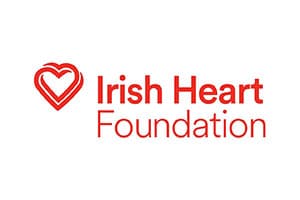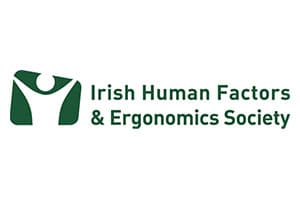Safety Representative Training
The Safety Representative course provides a sound understanding of a safety representative’s role. Aimed to promote and maintain safety and health in the workplace.
What is a health and safety representative?
The primary role of a Safety representative is to represent employees in their designated work group on matters of health and safety to their employer.
What is the Health and Safety Representative course?
This course provides an understanding of the roles of representatives and of safety committees. It provides participants with the skills to fulfill their role as Safety Representative.
Who can study the Health and Safety Representative course?
The course is suitable for:
- Employees who have been nominated as Safety Representatives in their workplace.
- New and existing safety representatives.
- Safety committee members.
What does the Health and Safety Representative course cover?
- Principles of accident prevention
- Health and safety law
- Consultation and involvement of employees
- Functions of representatives and safety committees
- Accident investigation
On completion of the course participants will be able to:
- To Gain a requisite knowledge of health and safety in the workplace
- Health & Safety Legislation: Common Law Duty of Care / 2005 Safety, Health & Welfare at Work Act / 2007 General Applications Regulations / other relevant areas of legislation.
- Safety, Health and Welfare at Work Act 2005 and General Application Regulations 2007
- A detailed review of Section 25 of the 2005 Act.
- Understand the Duties of the Employer and the Employee
- Role of the Safety Representative
- The Rights of the Safety Representative
- Role and Function of the Safety Representative and Safety Committee.
- Describe the importance of routine workplace audits
- The role of the Safety Representative in Hazard Identification & Risk Assessment at work.
- Accident Investigation and Reporting.
- The role of the Safety Representative in completing accident investigations. As well as implementing preventative strategies, along with Case Studies.
- Proactive and Reactive Monitoring.
- Identify Effective Communication and state the Barriers to communication.
- Know The difference between safety hazards and health hazards
- Be able to differentiate between the different Types of Hazards
- Define Hazard and Risk Assessment
- Carry out a Risk Assessment
- Understand what is a Safe System of Work
- Understand the Deming Cycle
- Importance of Mandatory Training & Manual Handling
- Importance of promoting Fitness & Flexibility
- Occupational Illness e.g noise and hearing loss
- Understand the importance of the contents of a Safety Statement
- Understand Key occupational first aid principles and be able to provide basic first aid assistance in an emergency situation
- Be aware of Chemical Safety in the workplace, what are the contents of a Safety Data Sheets and what SDS contains.
- Understand the roles and responsibilities of fire wardens and other personnel relating to fire safety and prevention of fire
- Know how to Investigate accidents and recommend preventative measures
- When is an accident considered reportable
- Define an Accident, causes and effects.
- Know where to source information relative to the Safety Rep.
- Define Negligence and demonstrate through examples Contributory Negligence?
- Assessment Test and Course De-Brief.
Assessment
Participants complete a final exam and an assessment.
Approval
This course is approved by IIRSM – International Institute of Risk & Safety Management.









